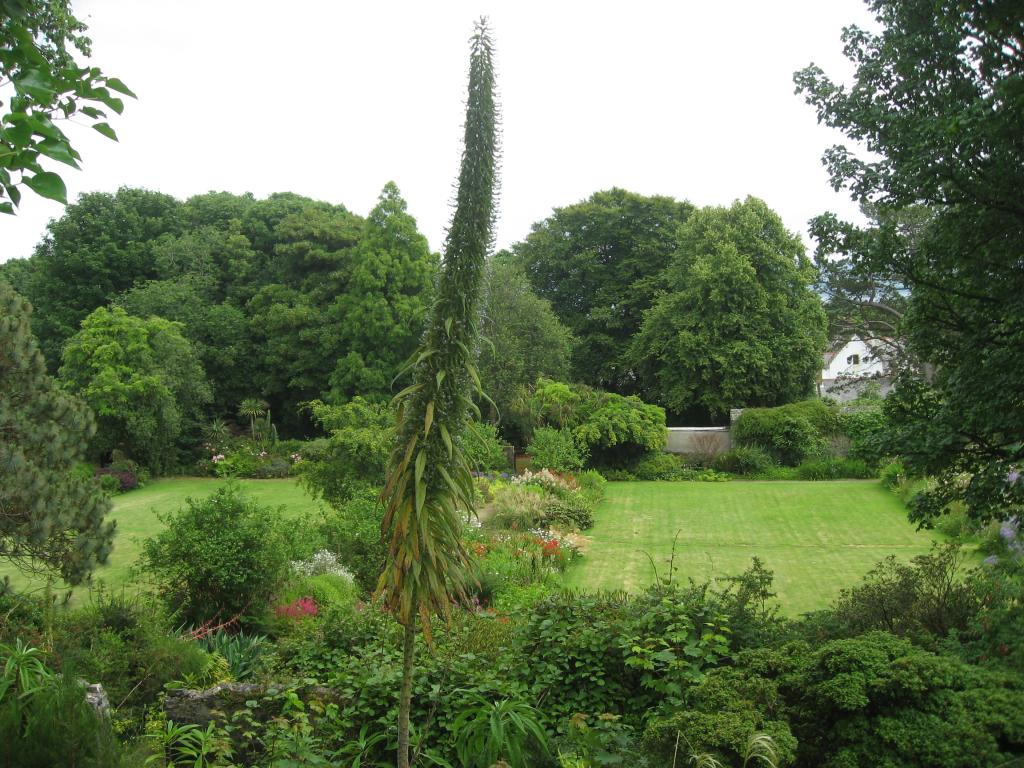
Gigha, Horlick and Achamore
By Marg Greenwood
 Achamore House on the Isle of Gigha, Argyll and the Isles
Achamore House on the Isle of Gigha, Argyll and the IslesImage provided by Marg Greenwood
 Achamore Gardens, GIgha, Argyll and the Isles
Achamore Gardens, GIgha, Argyll and the IslesImage provided by Marg Greenwood
 Peacock perched in the gardens of Achamore, Gigha, Argyll and the Isles
Peacock perched in the gardens of Achamore, Gigha, Argyll and the IslesImage provided by Marg Greenwood
Seven miles long and about a mile and a half wide, Gigha is a lovely island. The scenic route to Gigha from the south involves catching three ferries. I drove to Ardrossan on the Ayrshire coast, boarded the Calmac ferry to Brodick on Arran, and drove from Brodick to Lochranza, where I caught the modest boat to Claonaig on the east coast of the Kintyre peninsula. I then drove to Tayinloan on the west coast of Kintyre, to wait for the ferry. From there to Gigha is a twenty minute ferry crossing.
Alasdair MacNeill, my B&B host, was proud of his heritage - the MacNeill family has been on the island since around 1493. Alasdair told me; 'I remember the day I went to school in 1944. We had slates and a slate pencil!'
The school had memorable Christmas parties. 'Uncle Donald played the fiddle. The kids imitated him by pretending to play the fiddle with rulers.'
Alasdair remembered James Horlick who, with his brother, set up the factory of Horlicks in 1908 in Slough in Berkshire where the famous malted drink was made for around 100 years. Born in 1886, Horlick went to Oxford and played cricket as an amateur for both Oxford and Gloucestershire. In WW1 he joined the Coldstream Guards, and served in France, the Balkans and South Russia. He was awarded the military cross, and mentioned in dispatches four times.
Horlick bought Gigha and the 60-year-old Achamore House in 1944. He set to work immediately to develop Achamore gardens. He loved exotic shrubs, especially rhododendrons which flourish in the mild and frost-free climate. He was awarded the Victoria Medal of Honour as a rhododendron breeder in 1963.
Horlick was generous to the islanders. 'Farms were done up, every household had at least one jar of Horlicks in their cupboards, and he put on parties for the workers,' Alasdair told me.
He died on Gigha in 1972 and is buried in the new graveyard of the Kilchatten church.
I couldn't wait to visit the gardens.